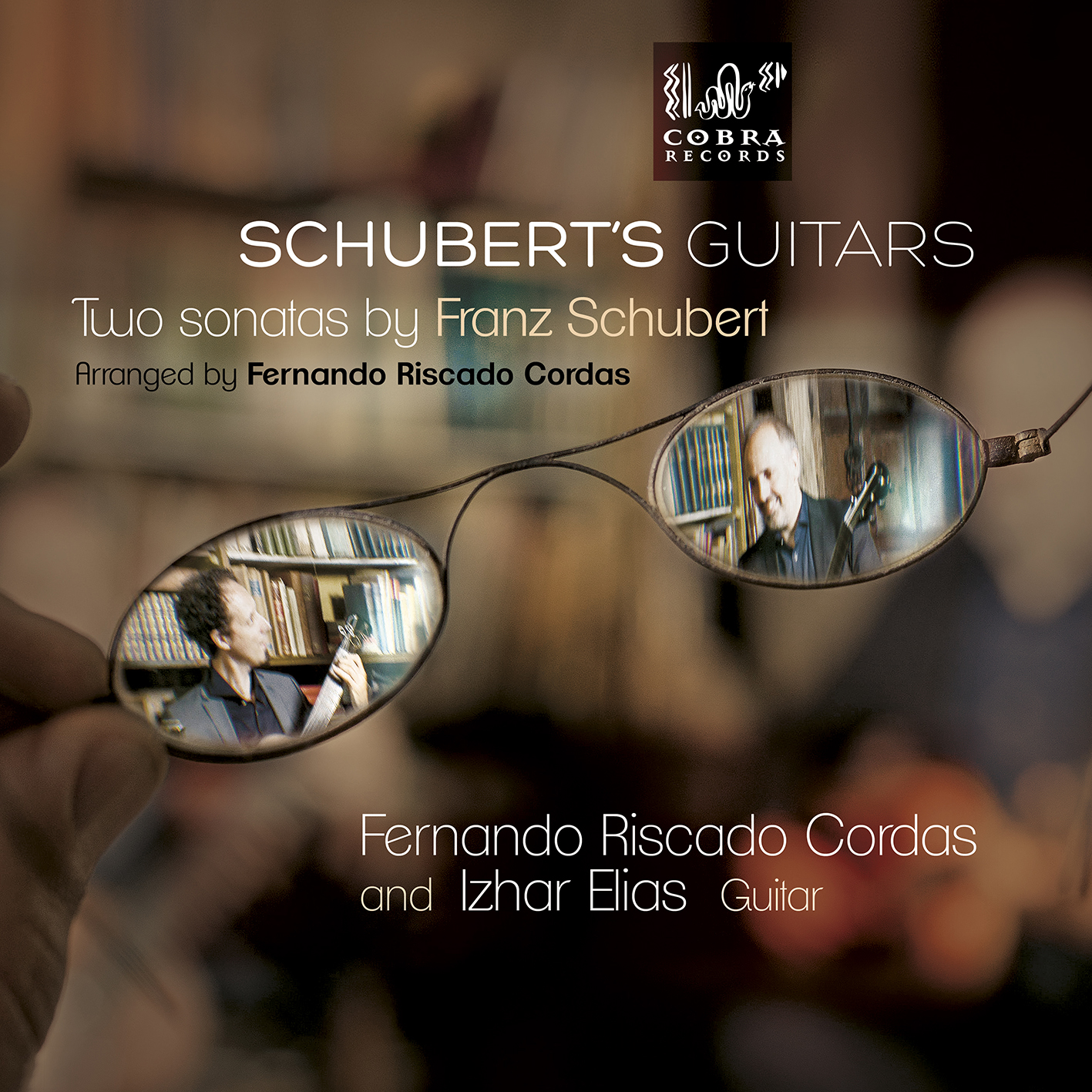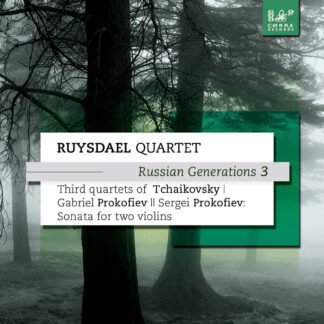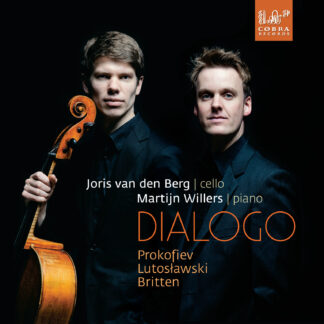Schubert’s Guitars
€8.99 – €18.99
Listen to this album via these Streaming links or get it as High Res Download from NativeDSD.
Description
THE GUITAR THROUGH THE EYES OF THE MASTER
The two sonatas on this CD were composed in two periods during which life looked very different for the composer Franz Schubert (1797-1828). The first, the Piano Sonata in A major, D 664 was written while on a long trip during the summer of 1819, when he exchanged the busy and polluted streets of Vienna for the beauties of nature in northern Austria. The second, the Piano Sonata in Bb major, D 960, his last piano sonata, was composed almost ten years later in 1828. By this time, he was at last enjoying increasing fame as a composer, but his health had deteriorated so much that he did not survive to enjoy this success for long.
Schubert himself owned guitars made by the two best Viennese luthiers: Johann Georg Stauffer and Bernard Enzensperger. His Stauffer was an early example which, in terms of construction, dated back to just before the innovations that made this maker famous. Schubert’s Enzensperger guitar already had some of those inno- vations, and it is an extra special feature of this recording that both Fernando and Izhar play on original Enzensperger guitars. These guitars were built between 1830 and 1834, so not many years after Schubert’s death. The guitar was a very popular instrument during the three decades that Schubert lived. It was played by people from all walks of life, and was certainly used regularly in the musical salons in which Schubert himself took part.
There are first editions of his songs written for voice and guitar, some occasional works by him that use the guitar, pictures of Schubert featuring a guitar or a guitar player, and indeed written sources by members of his circle of friends, showing that there was a lot of guitar playing going on in his environment.
Fernando Riscado Cordas has arranged these masterpieces for guitar duo. An important factor in the choice of these works is that they share certain properties that are very suitable to the character of the guitar. As in all of his instrumental music, the vocal character of Schubert’s piano sonatas can be heard very clearly in their melodies. The phrases have very natural fluidity and contours, and an entirely unforced narrative character that suggests a sung text. The early 19th century guitar, strung with gut strings, is an instrument that shines in being able to combine melody with harmony, enhancing this further with a rich palette of timbres. Because guitarists play each note with two fingertips and are always in direct contact with the string and the sound, they can create nuances in sound that are very detailed and that can change in an instant. The difference in character in the two melodic themes of Schubert’s sonatas can thus be presented with better clarity and with more effective colouration than, for example, on a piano.
Fernando Riscado Cordas and Izhar Elias are internationally recognised specialists in the field of historical guitars, and as a duo they focus mainly on early 19th century guitar music played on instruments from that time. Their lively playing is based on an extensive and indepth knowledge of historical performance prac- tice. They share their great knowledge and musicality at venues and festivals worldwide, and they have won several important prizes. Fernando is affiliated with the Royal Conservatoire in The Hague and Izhar teaches at the Conservatory of Amsterdam.
Additional information
| Format | |
|---|---|
| Type | |
| Cables | Acoustic Revive |
| Mastering Engineer | Tom Peeters |
| Microphones | Brüel & Kjaer 4003, Neumann modified by Rens Heijnis |
| Notes | The music on this album was played on two original early 19th century guitars by Bernard Enzensperger. They were strung with gut strings by Toro and Kürschner a'= 430 Hz. |
| Producer | Tom Peeters |
| Recording Engineer | Tom Peeters |
| Recording location | Koepelkerk in Renswoude, the Netherlands on March 9, 10, 13, 2020 |
| Recording Software | Pyramix, Merging Technologies |
| Recording Type & Bit Rate | DSD 256 |
| Artists | |
| Composers | |
| Label | |
| Genre |
Press reviews
Cultuur Pakt
Der Franz had ook zijn ongelooflijk goede momenten. Het zijn die momenten die gitaristen Fernando Riscado Cordas en Izhar Elias virtuoos in de verf zetten op hun nieuwe album….Wat vooral opvalt is dat de jachtige passages, mooi zijn bewaard, waardoor we toch nog kunnen kennismaken met de rusteloze dwalende ziel die van de componist uitging. Ook het verbale, gezongen karakter van de stukken gaat geen seconde verloren en krijgt zelfs extra kleuren. Alsof de gedichten van o.a. Goethe waar hij zich zo vaak door liet inspireren, voelbaar zijn. – Knopskaya
De Volkskrant
De 13de pianosonate (D664), een vroeg werk, is nog niet zo ambitieus, maar Riscado Cordas en Elias lokken je op hun 19de-eeuwse instrumenten direct naar de luidsprekers toe. Hun spel zit vol subtiliteiten. Het slotdeel danst, je krijg het idee dat ze er alles uithalen wat erin zit. In de Sonate in Bes (D960) gebeurt aanzienlijk meer, alleen staat dit meesterwerk ineens niet meer in Bes – voor de speelbaarheid moest er worden getransponeerd. Uitgekiende tempofluctuaties, fijn stereobeeld. – Merlijn Kerkhof
Music Emotion
Beide heren tonen hun uitzonderlijke virtuositeit en laten me op het puntje van de stoel zitten. Opname-meester is Tom Peeters die weer een klankjuweel van de buitencategorie heeft gemaakt. Hulde! – Theo Wubbolts
Opus Klassiek
“Over de door Tom Peeters gemaakte opname kan ik wederom niets dan goeds melden: de beide gitaren staan er met alle denkbare fleur op en zijn in volmaakte balans gebracht. U krijgt de beide gitaristen bovendien bij wijze van spreken ‘live’ in uw luisterkamer. Over hun beide instrumenten niets dan goeds: ze stammen uit het begin van de negentiende eeuw van de hand van Bernard Enzensperger met darmsnaren van Toro en Kürschner.”






Reviews
There are no reviews yet.